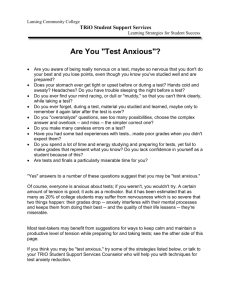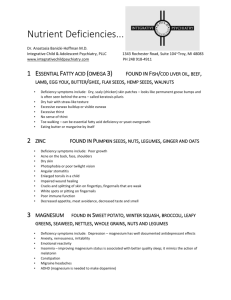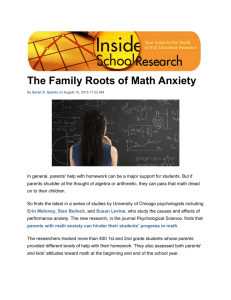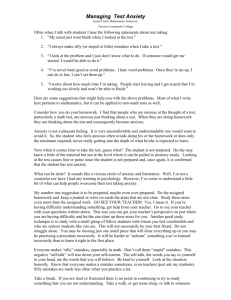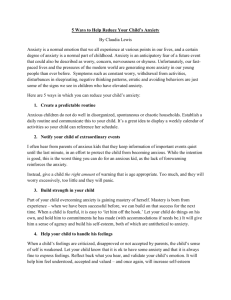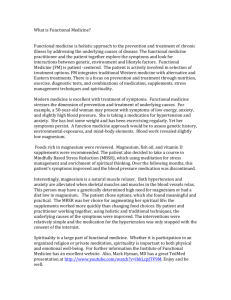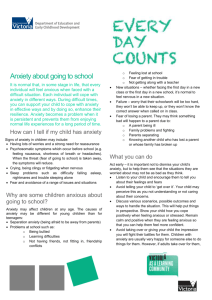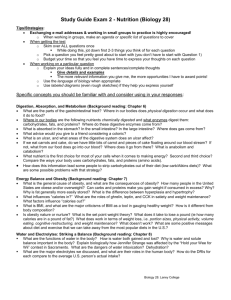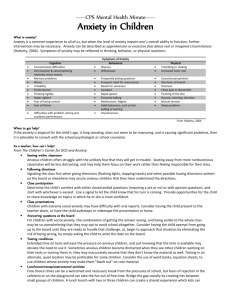How to recognise anxiety in children
advertisement
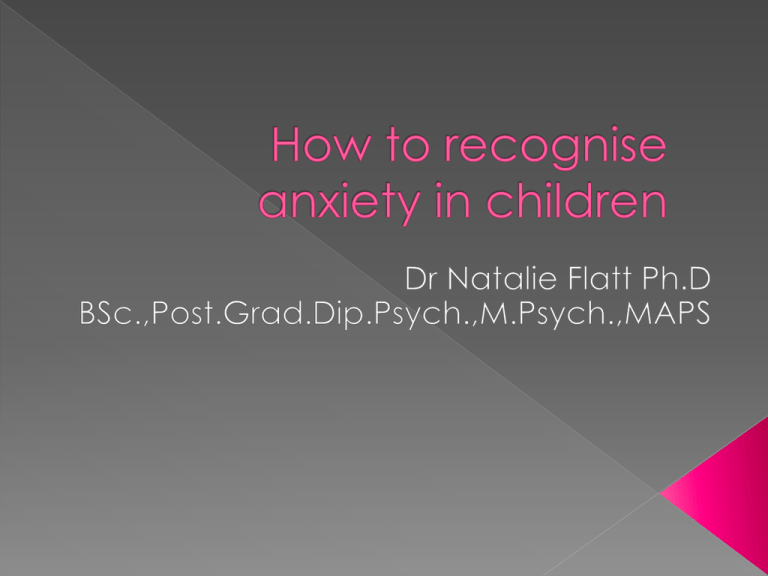
Anxiety is a term used to describe a normal feeling people experience when faced with threat, danger, or when stressed. When people become anxious, they typically feel upset, uncomfortable, and tense. Generalised anxiety, Separation anxiety, Performance anxiety, School refusal, Perfectionism, Fears/phobias, Obsessive compulsive disorder, Social anxiety. Negative thinking (e.g. “I’m no good”, “I’m stupid” or “I can’t do it”), Panicking about future events or situations, Fears about their own or others safety Increased breathing, Increased heartbeat, Sweating, Stomach pains, Shaking and trembling. Issues of coping with transitions or change in the school routine, Reduced school/sporting attendance, Fearful behaviour, Excessive crying or overt distress, Poor concentration in class, Loneliness on the playground/making or keeping friends, Recurrent ‘sad’ face, Physical complaints, Lack of energy, tiredness, Aggression, Excessive shyness or, Reassurance seeking/asking a lot of questions Poor self-esteem, Hopelessness, Low resilience to life events, Drug abuse, Depression Anxiety in primary school years is one of the greatest risk factors for dysfunctional behaviour and psychiatric problems in teenage years (Sonderegger, 2009). Listen to your child’s negative thoughts and feelings without judgment, Share a time when you have felt anxious in situations, Encourage some positive self-statements at home such as “I CAN do it!” and “EVERYBODY makes mistakes!” Praise your child for their efforts and make it specific. “ I noticed that you did not give up and you seemed to be having fun!” Talk about past accomplishments to highlight that they CAN do it (e.g. social situations, staying at school). Discuss HOW they managed to accomplish this. Pay compliments/eliminate criticisms (highlight what your child can do rather than focusing on what they can’t), Aid to calm down your child through diaphragm breathing to reduce physical symptoms Maintain a regular routine Encourage activities that help your child unwind from daily events Encourage exercise each day to increase endorphin levels Gold medal of qualities/acheivements The compliment box Calendar of upcoming events Rewards chart – (feared situations, going to school) What we put in our body can have a direct impact on how we feel physically and emotionally. Vitamins and minerals that reduce anxiety levels are: vitamin B (wholegrain, seafood, meats, green vegetables) selenium (garlic, sunflower seeds, brazil nuts, meat & seafood) magnesium (broccoli, nuts & seeds, oysters , soy milk , spinach Calcium (dairy) Vitamins and minerals that reduce depression levels: Vitamin B Vitamin C (citrus fruits, broccoli) Magnesium Calcium Iron (leafy vegetables, red meat) Potassium (potatoes, avocados, bananas) Vitamins and minerals that reduce hyperactivity levels (e.g. lack of concentration, aggression) Zinc (oysters, beef, chickpeas) Vitamin B Magnesium “The spark plugs for the body” Fish Oil, Magnesium/Vitamin B Provide energy (convert major nutrients such as carbohydrates into energy forms). Aids normal function of the NS Helpful in bringing relaxation or energy to individuals who are stressed or fatigued GP (best to always check physical complaints with GP first) School onPsych – www.onpsych.com.au Nutritionist ‘Every Parent’ by Matthew Sanders (2004) ‘Nightlights’ by David Fontana and Anne Civardi (2001) ‘Helping your anxious child - A step by step guide for parents’ by Ronald Rapee, Ann Wignall, Susan Spence, Vanessa Cobham and Heidi Lyneham (2008) Thank you!
